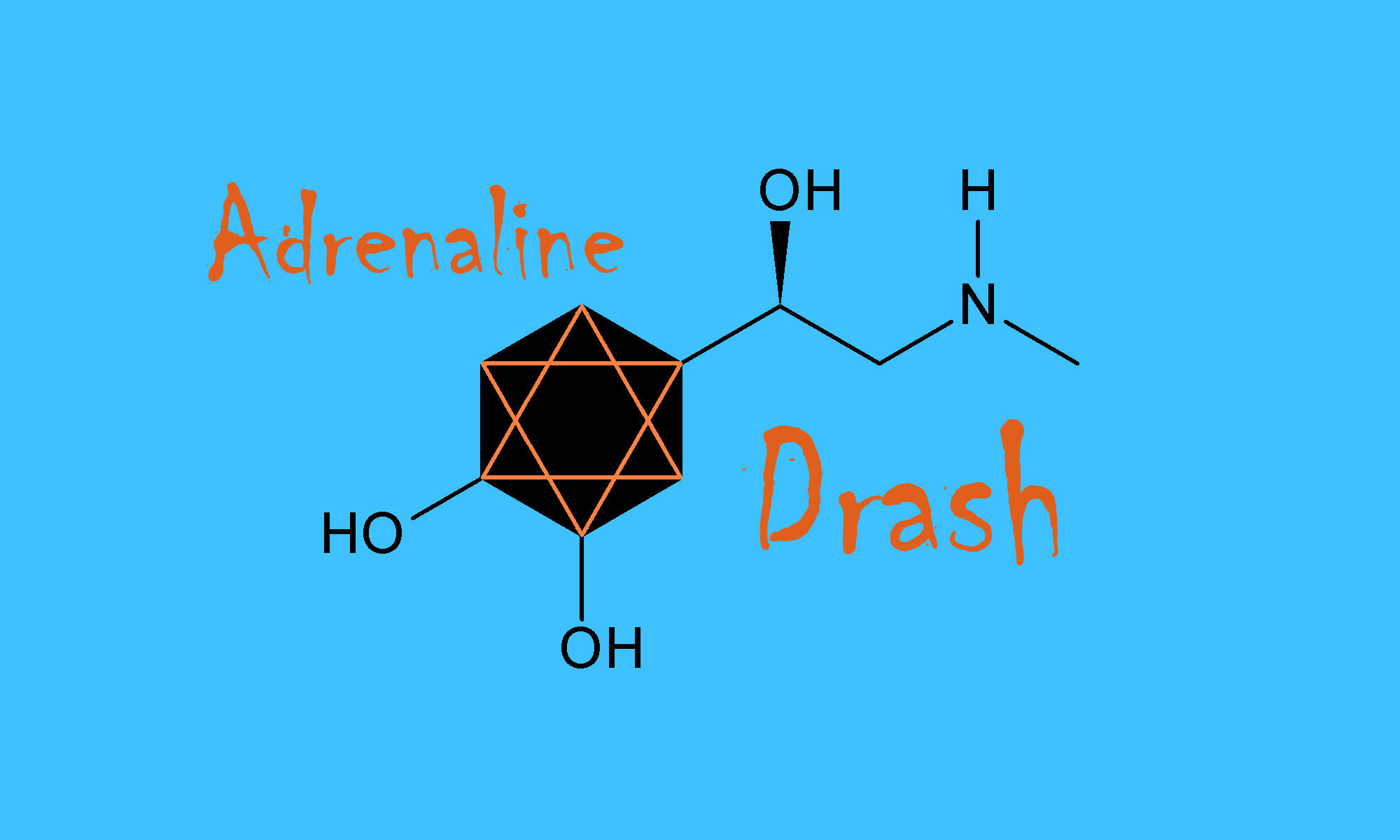 Esteemed scholar and eminent theologian Rachel Adler once quipped that if you took all the patriarchal bits out of Tanakh, you’d be left with a pamphlet.
Esteemed scholar and eminent theologian Rachel Adler once quipped that if you took all the patriarchal bits out of Tanakh, you’d be left with a pamphlet.
But no, the Torah is not a “patriarchal” document. And no, women were not simply under the thumbs of a male-dominant culture in Ancient Israel.
The term “patriarchy” comes from nineteenth-century Western scholars. According to scholars even of the present day, a patriarchal society is one in which men organize social and political realms to exclude women from positions of authority.
Nineteenth-century scholars mostly relied on a narrow set of sources (legal texts, largely) to make such claims, though. But there are ancient legal texts which assert what their authors thought should be; they didn’t necessarily describe what was. Was there a rebellious son stoned in Ancient Israel? Who knows? Lived culture is not the same thing is written culture.
According to the archeological records of Ancient Israel, women were responsible for a range of important responsibilities. These included food processing, textile production, creating household implements, and the like. Women of Ancient Israel, like their forbears of ancient Sumerian and Babylonian societies, functioned as professional musicians and mourners.
Clay statuettes show women holding musical instruments in their hands. Biblical texts describe women celebrating with musical performances. Miriam is the stock image, but not the only one. Just consider how Jepthah’s daughter goes to greet her triumphant father, timbrel in hand (Judges 11:34). Even King David acknowledges the importance of women’s laments: “Daughters of Israel,” he says, “Weep over Saul, Who clothed you in crimson and finery, who decked your robes with jewels of gold” (2 Samuel 1:24).
When a mysterious scroll is discovered some centuries later, the story goes that King Josiah commanded priests, scribes, and servants to “..[G]o, inquire of YHVH on my behalf, and on behalf of the people, and on behalf of all Judah, concerning the words of this scroll that has been found” (2 Kings 22:13). Off they go – not to priests, high or low, but to a prophetess by the name of Hulda, who declares the scroll kosher, along with all its dire predictions and warnings.
The Shunammite had the chutzpah to order her husband around and to bypass the prophet Elisha’s servant to make a direct appeal to the prophet himself (Kings 4:8 – 37). Women in Tanakh function not only as underwriters and supporters for prophets, but as queens, counselors, leaders, poets, judges, and avengers, too.
I am not suggesting that women had as much power as men in the political realm or the public arena. But neither can we claim that Ancient Israel’s male society intentionally organized to exclude women. In agricultural settings, women may have done more of the technologically advanced work than men. In those settings, there may have been a sense that everyone in the family had to partner with everyone else. The archeological record seems to support a vision of family and communal life that looks less like patriarchy than hierarchy.
Social and economic status, slave or free, child or adult, urban or rural – these things complicate matters and don’t support a simplistic judgment that insists that men had all the power. Which men? In what context? In what realm of daily life? Why would men write the stories of Deborah and Hulda and what might they have been telling us?
We need a more subtle understanding both of our biblical literature and of the culture of Ancient Israel. We need a more accurate one.
In the meantime, the term “patriarchal” – at least where Ancient Israel is concerned – needs to be consigned to the dustbin of inadequate analysis.




